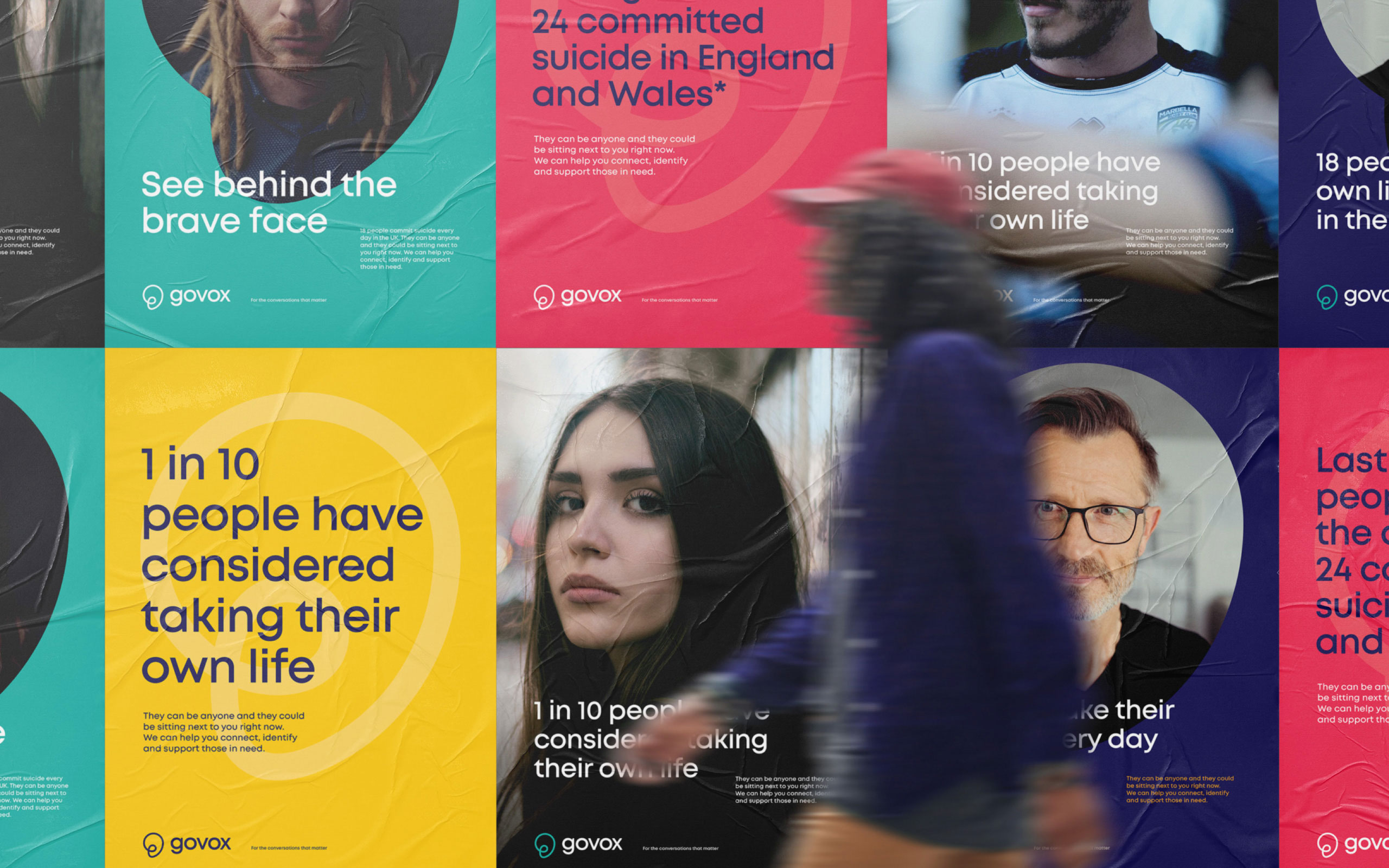Headless
Headless architecture is the future for websites.
Headless is an alternative framework for creating websites that has significant business advantages over the more traditional website set up such as WordPress. With Google putting more value on speed and usability, now is the time to start considering getting ahead of the curve and using a headless framework for your next project.
What is a headless?
To explain what headless is, we need to compare it to traditional websites. The vast majority of companies, agencies and developers offer the traditional set up. This usually involves WordPress, Umbraco and Drupal or similar. This setup has everything in one box: the database, content and front-end website, all on the same server (the same box). In this approach, you can easily end up with a front-end website, which is what users see, running slowly. Whether that’s because of the CMS, calls to the database, or the fact it hasn’t been updated, whatever the reason is, load speeds are affected. The knock on impact of that is lower conversions (sales and leads) and Google rank.
With a headless website, the front end website (the head) is detached from the CMS, content and data. These detached elements sit on separate hosting, load independently and speak to each other through an API. This reduces bloat and results in a lighter, faster more efficient website.
If you're a head of ecommerce, marketing manager, or website developer wanting to harness the power of headless, you're in the right place.
Our headless whitepaper explains what a headless website is, why it's the future of websites, and how it can catapult your business ahead of the competition.
Why is headless better?
-
Let’s start with the best one: speed. Headless really frees up the potential of the front-end website. Users will rarely wait for slow-loading websites. The code base and overall file sizes are minimalised here and speed is therefore optimised. It’s often been speculated that speed is a ranking factor, but with the recent announcement from Google of ‘core web vitals’, speed is no longer subjective – it is a definitive benefit. The faster, the better. We have seen clients’ conversion rates double by improving speed alone.
-
We’ve built a lot of websites in WordPress – it’s been a great platform for years. However, an area of concern is version and plugin updates. To maintain security, versions need to be updated to patch vulnerabilities. This often leads to problems and bugs that then have to be fixed, which means time and money spent on repairs and not marketing. With headless, there is no maintenance, no core updates and no plugins. Now your marketing budget can be used on services that are going to add value, not on what can prove to be costly repairs.
-
The traditional CMS is very popular so hackers quite often target websites running particularly old and vulnerable versions. Alternatively, they go after a common admin URL that 99% of people use to gain access to your data. If you’re not careful, you can very easily have a GDPR issue in the form of a data breach, which needs to be reported to the ICO. This can be costly in time and may result in a fine. With a headless framework, though, there is nothing on the front-end website to hack. Content and customer data sits independently which only you have access to.
-
Headless offers the possibility to feed multiple front-end websites or platforms from one source of data.This approach suits brands that might sell products on multiple websites under different brand names. Alternatively, you might have one content hub feeding separate websites in different languages. Even if you only have one front-end website with headless , you wouldn’t ever need to migrate data again. Whenever you want to change the front-end site, your content can stay where it is.
-
We’ve been championing component or block-based websites for a while now, even with a traditional CMS websites such as WordPress. But with headless, this type of design and build comes into its own. What’s more with a headless CMS like StoryBlok it’s so easy to create new pages from your component library. You don’t have to duplicate an existing page to add content. You can create your own new pages from the library. Super easy to use and massively flexible.
We are really excited about the benefits of headless CMS websites. If you want to find out more, get in touch and we’ll be happy to explain how headless can benefit your next project and precious business time.
News and insights
Relaunching Mizaic with a headless website
Here, we outline how we helped relaunch Mizaic back into the market, highlighting the power of the company’s revolutionary digital transformations to potential clients.
Read moreNews and insights
7 reasons why websites should go headless
Here, we discuss in more detail seven reasons why websites should adopt the innovative headless approach.
Read more
